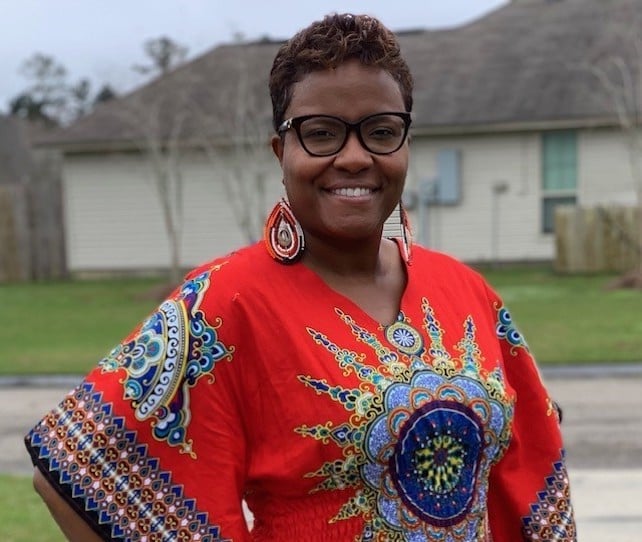We have all heard the phrase, doing the same thing over and over, expecting different results as the definition of insanity. For most of us, we have been in situations, whether in the workplace or our personal lives, where we have seen insanity in action. Let’s take a moment to consider the scenario in my last article,Culture Matters in Hiring and Retention,where managers get in such a frenzy when filling employment gaps, specifically for management positions.When turnover happens in a management position, managers sometimes have tunnel vision to fill positions with external applicants whose skills and experience check all the boxes instead of intentionally filling positions with employees who will maintain or strengthen the organization’s desired culture. With the latest hiring trends where many organizations are having difficulty finding candidates, there must be something leaders can do to avoid this dilemma each time there is a vacancy.
Because I believe culture plays a role in every aspect of business, the best way to overcome, the issue is for leaders to create a culture that intentionally prepares and develops employees for future opportunities. Creating this type of culture prepares the organization for future success because leaders are already identifying and developing future leaders. Not only are future leaders identified, but this culture also increases employee engagement, organizational performance, and retention.
You may be wondering what a culture of intentional employee development looks like.
A culture of developing employees is strategic, which means strategic needs should drive employee development, and all development initiatives should align with the organization’s mission, vision, and goals. In 2019,Gallupreported that organizations that make strategic investments in employee development see 11% greater profitability and are twice as likely to retain employees. Aligning employee development with the organization’s strategic needs allows leaders to measure the success of development initiatives and make changes as needed.
A culture of developing employees is a two-way street where everyone can benefit. This culture does not put all the responsibility of employee development on the leaders but makes the employee partly responsible for their growth and development. While employees are responsible for their development, it is imperative that leaders nurture employees’ development to help them grow their skills, adapt to change, and transform their thinking, which could bring value to the organization.
Leaders intentionally infuse meaningful and nurturing conversations during regular interactions with employees in such a culture. Listening and empathy are also a part of these interactions. By seizing every opportunity, leaders create an environment where developmental conversations are the norm and not only during disciplinary settings or annual reviews. When this type of environment is created, leaders become coaches. They ask coaching questions, actively listen for responses, help employees set goals based on the responses, and provide advice and guidance to help employees gain new skills and improve performance to meet their goals.
Leaders empower in a culture of developing employees. One way they empower is through delegating effectively. Leaders, in this culture, delegate not to offload work but to assign tasks and give employees the authority to make decisions concerning the task. Feedback, without micromanaging, is given on an ongoing basis to ensure the employee is comfortable with and retaining what they are learning. When leaders delegate responsibility, they make a powerful statement that employees are trusted and valued. Empowered employees reciprocate with increased performance and loyalty to the organization.
Empowering employees also means leaders create challenging opportunities to develop employees. Allowing employees to complete assignments beyond their comfort zone and level of expertise is what some call stretch assignments. These assignments encourage creative and critical thinking, exploratory learning and force employees to reevaluate what they thought they were capable of beyond their current job. Leaders encourage growth and empower employees by unleashing employees’ potential, thus creating a well-rounded employee who can now see the world from a different point of view.
Leaders in this culture help employees develop the necessary technical or industry skills needed to complete the job. They also continuously develop employees’ interpersonal and behavioral skills, which some refer to as soft skills. Soft skills can include but are not limited to critical thinking, communication, collaboration, deductive reasoning, adaptability, and leadership. Leaders recognize that while technical or job-specific skills are necessary, soft skills help employees navigate their environment, work well with others, and perform a task to complete goals. Soft skills complement technical skills and help employees unlock the potential of their abilities.
While every organization may have different views of developing employees, organizations need to recognize the importance of intentionally developing employees. A culture of intentionally developing employees can help leaders get out of the insanely vicious cycle of waiting until there are vacancies to think about who might be fit for positions, specifically for leadership positions. Developing existing employees for critical roles within the organization is an investment in the future of any organization where all involved reap the benefits now and in years to come.
"Winning companies win because they have good leaders who nurture the development of other leaders at all levels of the organization.”— Noel Tichy.







